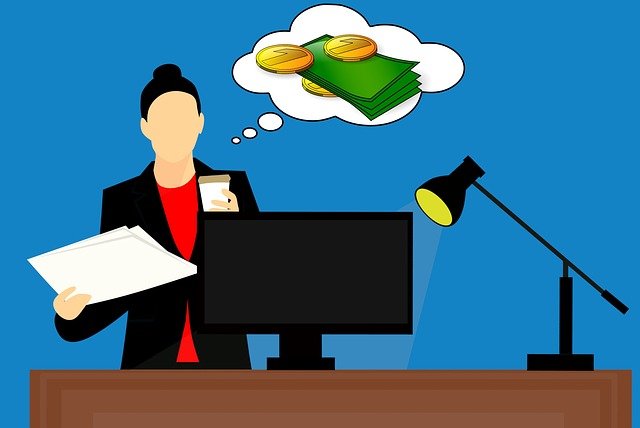The 8 Key Parts of a Grant Proposal
Any grant proposal needs to include these critical details for success

If you’re aiming to win a grant this year, you’ll be happy to know that writing a proposal for any specific RFP (Request for Proposals) has a lot of common ground with the others.
The first thing you’ll notice is that almost every grant asks for the same kinds of information. Being organized is a plus: Keep track of these details; revise any as needed, and update it all whenever things change.
In addition to writing a well-organized proposal now, you’ll have a template to start with for the next grant you want to apply for.
Summary
Being clear about what you want to do and how you will use the funding if you get it is very important. It may seem odd to list the summary before the other parts of the proposal but this is where it will go when you submit your plan. You’ll write this overview statement last – after you have all of your ducks in a row – but keep thinking about making the other parts clear and concise. Then all you have to do is use short, clear excerpts for the summary.
Needs
Schools are always in need of something, especially now that technology has become so entrenched in learning. Hopefully your district can provide the basics and your need is for something extra that can help students succeed. The needs section should be a clear look at the district but not a plea for general funds. When you write, detail the needs of your school, district, or community, but don’t dwell on poverty. Instead, focus on why your organization should get funded to run this important project. Write such a compelling argument that no one could resist funding your proposal.
Goals
As you form your ideas for a proposal, be explicit about what you hope to accomplish. You’ll describe these items in the goals section; be sure that the goals you identify are important ones to achieve. To get funded, your purpose or ends must matter. These should show that the plan is clear, critical to the learning community, and will have a major impact on student learning.
Objectives
Your objectives will describe how you expect the project will accomplish the goals. The objectives should be aligned with both the needs and goals. Clearly describe the specific methods that you and your team will use to reach each goal. In addition, make sure to have measurable objectives to track how you will know that the project is reaching its targets. Offer clear benchmarks that will be used to evaluate success.
Tools and ideas to transform education. Sign up below.
Narrative
This is the plan of action that leads to success: What you'll do; how you'll do it; where you'll do it; and who's going to do what. Write this section clearly but concisely. Include specific details and examples, and reinforce that your idea is a sure winner. The clarity of this section and compelling detail is what will persuade the grant reader that this is an important idea to fund.
Budget
It all comes down to money. Go over the details of your plan and how much you will need to accomplish each part. Create an outline of the funds you need for everything you want to do. In addition to your list, you will write a budget narrative. Use this to explain clearly all the items listed to show that every cent is required to guarantee success. You should itemize the expenses in an easy-to-read format and make sure that every budget item is clearly distinctly explained.
Personnel
Include a personnel page to show the staff members who will be part of the program and what each will do. List each person’s qualifications to demonstrate that the expertise you’ve put together will make the program a success.
Evaluation Plan
The program’s funders will want to know how you will know if and when you’ve accomplished your goals. In this section, tell what you will measure and how you will measure it so it is unmistakable how the project will demonstrate that it achieved its targets. You should include clear benchmarks that will be used to evaluate success. Don’t do the evaluation yourself. Hiring outside evaluators shows how serious you are about determining if your plan worked.
Summary
We’re back to the beginning! We said to write the summary after all of these parts are done and then put it up front, so it’s time to excerpt your sections to summarize. There’s a little trick called an elevator speech that can help you be clear and concise. Condense your proposal into one sentence -- the amount of time you would have to tell someone in an elevator. It will come in handy and guarantee that you know exactly what you’re doing and can tell anyone who needs to know.
Gwen Solomon was Founding Director of The School of the Future in New York City, Coordinator of Instructional Technology Planning for New York City Public Schools, and Senior Analyst in the U.S. Department of Education’s Office of Instructional Technology. She has written and co-authored several books and many magazine articles on educational technology.
